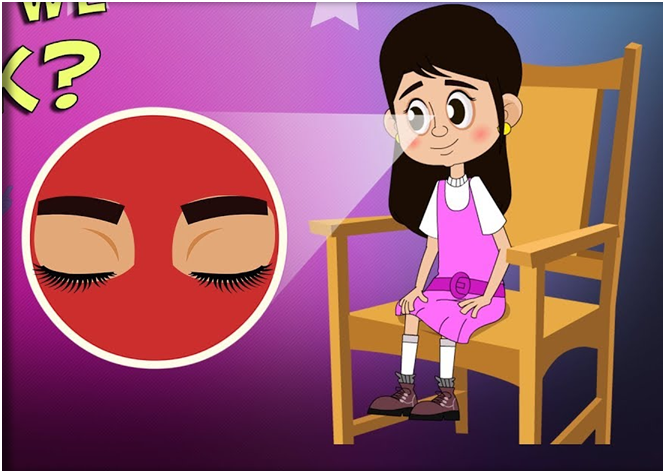In today’s technology consumed world, e-waste is a concept that people need to be more aware of. e-Waste is an umbrella term used to describe discarded electronic devices whether its laptops, air conditioners, refrigerators, mobiles, televisions, computers, VCRs, stereos, copiers, fax machines or any other digital device or electronic equipment.
We have many shows discussing the pros and cons of the latest gadgets being introduced, we have a comparison of the old with new electronic devices; yet there is scarcity of knowledge among the layman, when it comes to the concept of e-waste. e-Waste commonly assumed as digital rubbish is not because the equipment has stopped performing and therefore are being discarded, the technological advancements are leading people to change devices simply because of upgradation in technology leading the precursors to be rendered outdated. For example: the concept of “smart homes” is encouraging choices where people are vowed to more comfortable living by use of advanced technology which provides many services just by the click of a tab; like the security of the house is in-tacked, switching lights, air-conditioners, etc. and such other luring offers. But has any one considered the after effects of excessive dependency on digitalisation and obsession with upgradation of technology in daily activities? The rapid ascension of e-waste is a global concern. Most electronics contain high quantity of lead, mercury, cadmium, barium and bromine, etc. which are toxic to the environment when buried; as leaching process damages the soil, the ground water and thus the nearby fresh water bodies are infected too. The result is contamination of crops, livestock and wildlife of the surrounding area.
The crops soak up traces of e-waste during the
developing stages and after harvest. When we purchase and consume such crops, we
unknowingly consume these toxins. Bio-accumulation of such toxins can lead to
long-term brain and nerve damage. Also, inhalation of these toxic fumes from
their accumulation in soil, air, food not only has negative implications on people
and land animals but sea animals also get infected because of them. Well,
e-waste pollution can be controlled; if we collectively implement methodical
measures to safeguard our environment from e-waste.
Some of the measures are shared below:
Produce less e-waste: Don’t just jump into the
lure of new products. The cost of achieving something is not always in monetary
terms. Disturbing the ecosystem will take away more from us than what we realise.
Reuse: Instead of discarding the old, consider donating
them, re-gifting them or selling them for further use by someone else.
Repair: Instead of purchasing a new product,
prefer to get the old one repaired. It’s not always costly or impractical.
Don’t let the slightest inconvenience prompt you to encourage e-waste.
Proper Collection and Recycling of e-waste:
Recycling e-waste is the ultimate option; just make sure you execute it the
right way. Recycled metals are more energy efficient. Example: Valuable metals
like silver, copper, tin, gold, etc. can be extracted from the circuit boards. Thus,
end-of-life handling measures play a vital role in e-waste effect. In order to
develop a circular economy, where resources are saved and fed back into the
supply chain for reuse it’s essential to be responsible in the process of not just
collecting e-waste but also ensuring it reaches the correct authority liable
for recycling or dismantling the e-waste.
Life and ecosystem: The technology innovators will
continue to expand and create user friendly electric devices designed to make
our lives easier in every conceivable way but being susceptible to quickly
pitching the machines we already have can cost heavily on our environmental degradation.
We as individuals are responsible and thus need to make sure we don’t just keep
passing the e-waste liability on the government and instead are responsible ourselves.
Dizzying speed of technological advances has no end; it’s a continuous learning
and upgrading activity. However, environmental protection should be our
priority. We have already exhausted substantial amount of natural resources and
can’t afford to waste anymore. Life and ecosystem will sustain on natural resources
and not technology, thus being responsible is a great contribution in saving environment. It’s our duty to not convert a blessing
into a curse, by recklessly using it.
e-Waste scenario in India: e-waste is not sufficiently collected and processed in India because of the prevalent patterns of illegally recycling the e-waste along with other wastes by informal waste pickers called kabadiwalas or raddiwalas. This reduces the potential capacity to extract metals from e-waste and also enhances release of toxic pollutants leading to irreversible consequences. Enforcing e-waste legislation remains a challenge because of unawareness among people regarding the consequences of such ignorance. Not only recycling industry needs to be established but implementation regarding collection, disposal and compliance deficits requires attention. There is a great capacity of job generation in this recycling industry but safety of workers needs to be prioritised before-hand. We also need to invest in technology that are cutting edge and can prove beneficial to the e-waste recycling industry, which not only safeguards the workers safety but at the same time enforces an efficient system of collection and disposal of e-waste. The current regulatory framework needs to integrate the informal sector into the overall system and educational programs should be organised to spread awareness among people.


































